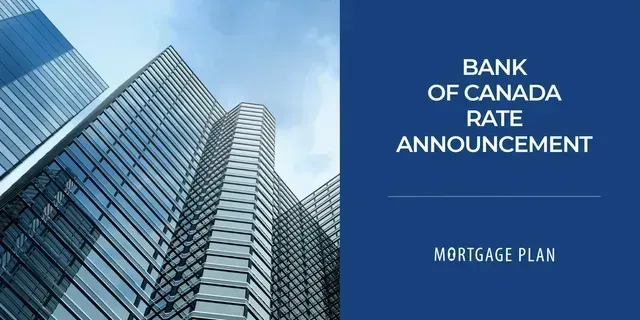Budget Breakdown: No Change in Capital Gains Taxation and No Hit to Housing
Budget 2017 continues the government’s commitment to support the middle class by enhancing Canada’s long-term growth potential. Investments to foster innovation, skills and the ability to attract top talent from around the world are included. An important and growing competitive advantage is Canada’s openness to trade and immigration, having a broader range of free trade agreements than any other G-7 country. This is particularly potent today as the U.S. is aiming to retrench from free trade and even potentially impose trade restrictions and border adjustment taxes. Ottawa is also targeting a few high-potential sectors for government support. These targeted areas are advanced manufacturing, agri-food, clean technology (a sector that the Trump Administration might well be abandoning), digital industries, health/bio sciences and clean resources (also very different from proposed U.S. policy), with the hope of enhancing growth and creating jobs.
Housing Initiatives
Many were concerned that the government would take additional action to slow the housing market, particularly in Toronto where it continues to be very strong. No such action was taken. The budget document does comment on the high level of household debt relative to income and the affordability concerns in Vancouver and Toronto, however Budget 2017 suggests that “recent government actions (announced in October 2016) will help mitigate risk and ensure a healthy and stable housing market.”
Budget 2017 proposes to invest more than $11.2 billion over 11 years in a variety of initiatives to build, renew and repair Canada’s stock of affordable housing. A new National Housing Fund will be administered through Canadian Mortgage and Housing Corporation (CMHC) to expand lending for new rental housing supply and renewal, support innovation in affordable housing, preserve the affordability of social housing and support a strong and sustainable social housing sector. More federal lands will be available for affordable housing. Details to come later this year.
What Budget 2017 does do is to allocate just shy of $40 million to Statistics Canada over five years to develop and implement a new housing data base, the Housing Statistics Framework (HSF). The HSF builds on the money allocated in last year’s budget to collect data on foreign ownership of housing. “The HSF will leverage existing data from provincial-territorial land registries, property assessment programs and administrative records to create a nationwide database of all residential properties in Canada, and provide up-to-date data on purchases and sales. Statistics Canada will begin publishing initial data in the fall of 2017. The HSF will represent a significant jump forward in the quality and type of housing data available and will yield significant ongoing benefits by enhancing the ability of housing participants, commentators and policy-makers to monitor and analyze the housing market.”
Fiscal Prudence
Notably, this budget posts deficits as far as the eye can see. However, the good news is that Ottawa re-introduced a contingency reserve to adjust for potential risk of $3 billion per year. This reserve fund was a long-standing practice of prior governments and was absent from Budget 2016. Ottawa, however, continues to focus on a reduction in the debt-to-GDP ratio rather than deficit elimination. This will no doubt be criticized by conservatives.
Tax Measures
Basically, there aren’t any major tax measures. Specifically, there is no change in the tax treatment of capital gains, a red-hot issue in the media for the past few weeks. The finance ministry is cracking down on the use of private corporations to sprinkle income among family members to reduce taxes. These private corporations are subject to lower tax rates than personal income tax rates. Similarly, passive investment portfolios held inside private corporations will be audited. Clearly, the Canada Revenue Agency will be scrutinizing these private corporations in the future, to assure tax fairness for the middle class. Eliminating tax loop holes, evasion (both domestically and internationally) and avoidance is expected to increase revenues by $2.5 billion over five years.
There will also be a renovation to the current caregiver credit system and extension of the eligibility for the tuition tax credit. Measures will also be taken to strengthen the financial services sector, although these are technical and supervisory and do not affect mortgage lending specifically as some in the industry had feared.
Bottom Line: Budget 2017 does no harm. The Canadian economy has improved considerably since last year’s budget. While oil prices, the Canadian dollar and U.S. interest rates are uncertain, it appears that the economy could grow at roughly a 2.3 per cent annual rate with the jobless rate in Canada remaining below seven per cent. The resilience of the Canadian economy has been supported by government actions in the 2016 budget as well as accommodative monetary policy.
While I would like to see a plan to return to a balanced budget, Canada will have no trouble in funding its debt or maintaining its triple-A credit rating.
This article was written by DLC Chief Economist Dr. Sherry Cooper, and appeared as part of the Dominion Lending Centres April 2017 Newsletter.
Share
RECENT POSTS





